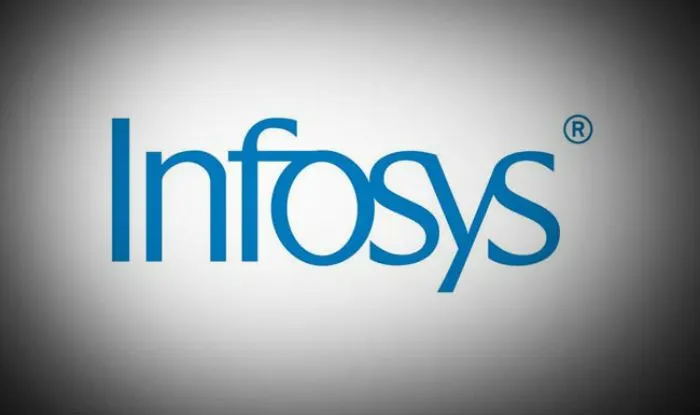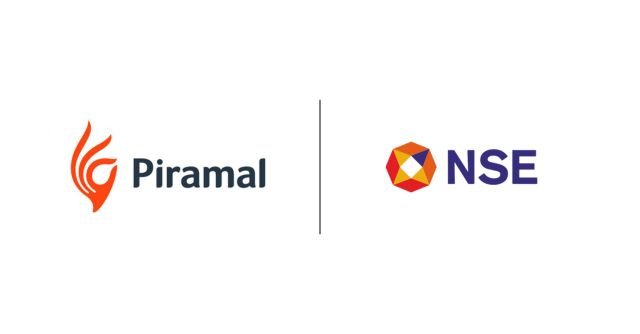Infosys has opened a record buyback worth eighteen thousand crore rupees in 2025. New tax rules place the burden on shareholders, making it important to evaluate the benefits of tendering shares compared with holding them for long term gains.
Infosys Launches Its Largest Share Buyback in 2025
Infosys has begun its biggest buyback program since the company adopted capital return policies in 2017. The offer covers up to ten crore shares at a fixed price of one thousand eight hundred rupees each, amounting to an overall payout of eighteen thousand crore rupees. The window will remain open from November twenty to November twenty six.
Both retail and institutional investors are eligible, and a specific portion is set aside for small shareholders to improve participation. The company is using its strong cash reserves at a time when global technology budgets are slow and revenue visibility remains uncertain. The objective is to support the stock valuation, reduce outstanding equity, and signal confidence in future performance.
Tax Treatment Has Changed and It Alters Buyback Strategy
The major shift in this year’s buyback is taxation. Indian tax rules changed in late 2024, and these changes now apply to the 2025 cycle.
Earlier system:
The company paid a twenty percent buyback tax. Shareholders received the buyback amount without additional tax liability.
Current system:
The entire amount received from the buyback is treated as a deemed dividend and added to a shareholder’s taxable income. Investors are responsible for paying tax according to their slab rate. Those in the highest tax band could lose close to one third of the proceeds due to tax obligations.
For example, if an investor tenders shares at one thousand eight hundred rupees and falls in the top tax bracket, the effective gain reduces significantly. This makes the buyback less attractive than prior years when proceeds were tax free.
Form 15G and Form 15H may help avoid tax deduction at source in specific cases such as senior citizens or low income investors, but the liability itself continues to apply.
For more on tax related topics, investors can explore internal resources such as Understanding Dividend Taxation in India or Capital Gains Rules for Equity Investors.
Participation Rules and Acceptance Ratio
Investors who were shareholders as of the record date on November fourteen are eligible to tender. Small shareholders holding up to two lakh rupees in market value receive a fifteen percent reservation under the offer.
Since the company is buying back only a little more than two percent of its total equity, the acceptance ratio will depend on how many investors participate. High interest from retail and high net worth segments could reduce acceptance, meaning only a portion of the tendered shares may be bought back.
Guides on participation can be linked to internal explainers such as How Share Buybacks Work in India or Understanding Acceptance Ratios in Corporate Actions.
Deciding Whether to Tender Shares or Hold
The choice depends on taxation, liquidity needs, and long term investment outlook.
Tendering may suit you if:
- You are in a lower tax bracket.
- You expect a strong acceptance ratio in the small shareholder category.
- You prefer booking gains at a fixed price rather than waiting for market movements.
- You want short term liquidity or portfolio rebalancing.
Holding may make more sense if:
- You are a long term investor who believes in a gradual recovery across the technology sector.
- You fall in a higher tax bracket and prefer capital gains tax, which remains lower than the tax applied to buyback income.
- You expect Infosys to maintain or expand dividends and future buybacks.
- You see potential upside once global technology spending stabilizes.
Market analysts point out that the buyback price offers an attractive premium to the current market price. However, the new tax burden removes much of the easy return investors enjoyed in previous buyback cycles.
Readers can also explore internal analysis pages such as IT Sector Outlook 2025 and How Global Tech Spending Influences Indian IT Stocks for broader context.
Industry Conditions Still Remain a Challenge
Infosys has guided for modest revenue growth for FY26 due to delayed client spending and prolonged decision cycles across major markets. Large deal wins continue, but overall demand is softer than the period of strong expansion seen before 2022.
Promoter groups and founder families are not participating in the buyback. This sends a signal that management expects long term value creation, and it also increases the share of the offer available to retail investors.
Final Assessment
The Infosys buyback in 2025 is not the straightforward opportunity that earlier buybacks offered. Investors in higher tax brackets may find tendering less appealing because of the new tax regime. Small shareholders with lower tax liability are likely to benefit more. Those who want assured gains and liquidity can consider tendering. Those comfortable with long term compounding and lower capital gains tax may find it more rewarding to hold their shares, especially if they expect a sector re rating when global demand improves


